On our final morning in Altus, Oklahoma, Shae and I headed to the Museum of the Western Prairie.
We visited on the day that we had to check out from the Hampton Inn Altus where we’d been staying, so arrived at the museum when they opened at 10am to maximize our time.
Museum of the Western Prairie tells the history of southwest Oklahoma and shares the experiences of those that lived there over the past century and more, along with some of its history beyond that.
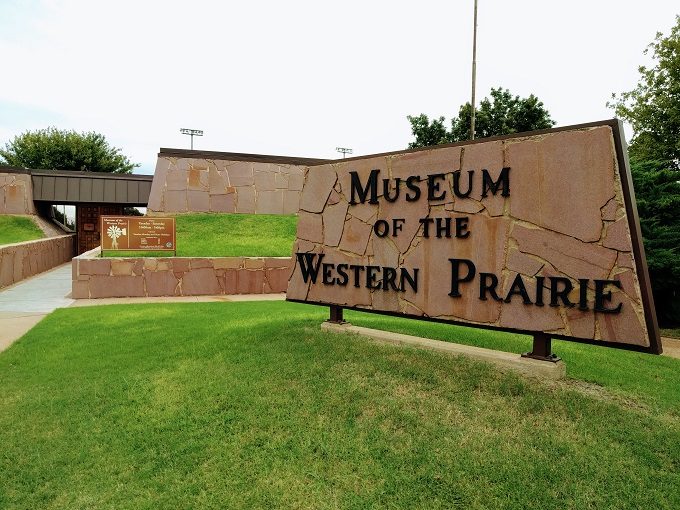
Anita greeted us warmly and gave us a quick overview of the museum. She explained how the museum came by its name seeing as we didn’t know anything about the Western Prairie part of Oklahoma.
The photo below shows the southwest corner of Oklahoma referred to as the Western Prairie which is where Altus is located. That area was part of Oklahoma until Texas decided the land was theirs (that’s my simplified version of its history). Needless to say, the two states disputed ownership of the land, so the case went to the Supreme Court which decided in favor of Oklahoma in 1896.
Once that Supreme Court ruling was handed down, more people settled in the area as it meant they could have confidence in holding land there.
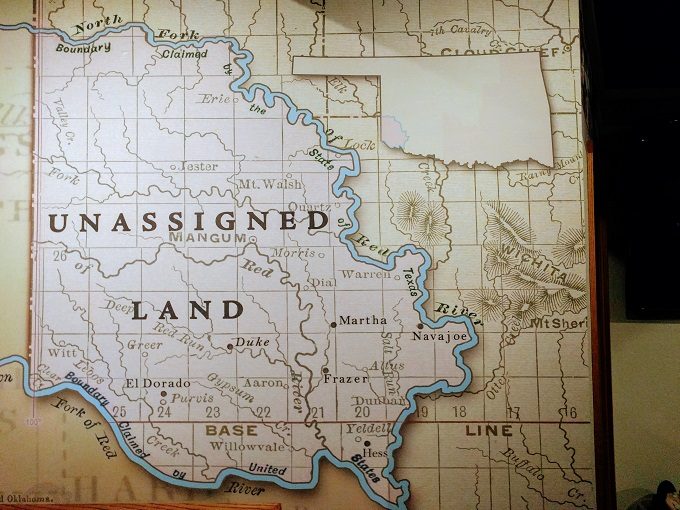
After gaining this understanding of the region’s history, Anita left us to look around the rest of the museum.

One of the first displays has exhibits that are thousands of years old. The museum has a locally-found bone fragment from the lower leg of a mammoth, along with a mammoth tooth discovered in 1930.
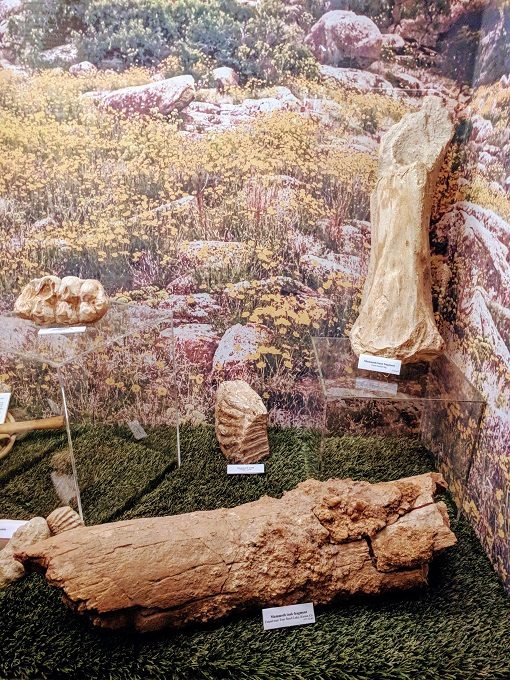
That same display had an example of rose rock, the state rock of Oklahoma. Oklahoma is one of the few locations in the world that you can find this natural rock formation which was formed about 250 million years ago.
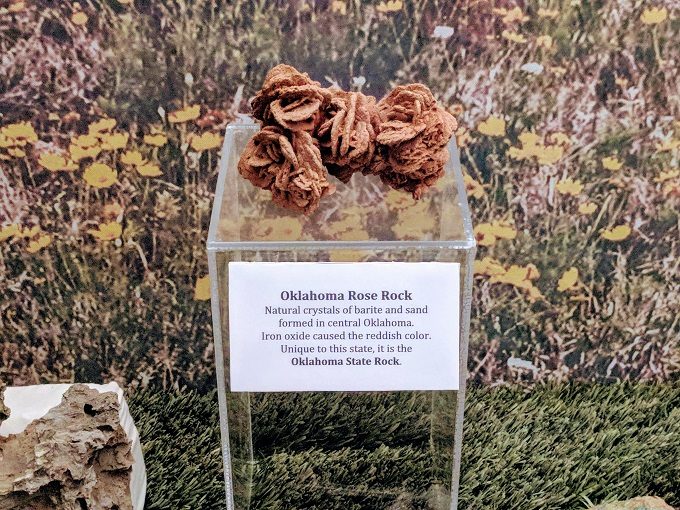
From ancient history, we moved on to more recent history. There was a photo display of Native Americans taken by George Washington Long who’d befriended the local Comanche and Kiowa tribes.
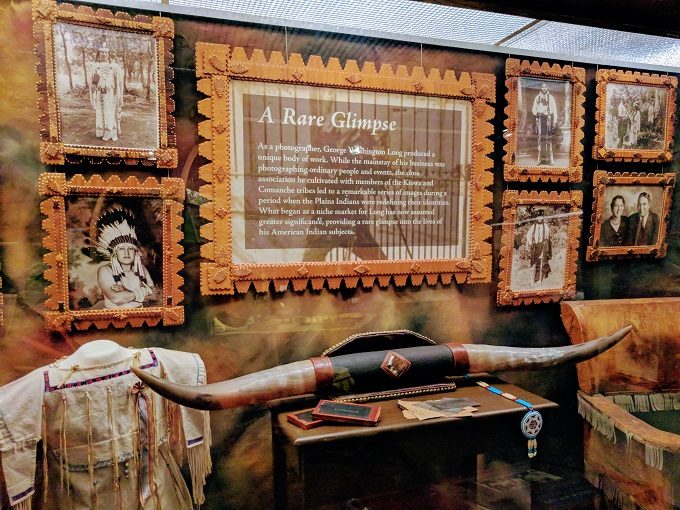
The city of Altus came into being just over 130 years ago. It was founded in 1886, but didn’t have many residents. That changed five years later when the nearby tower of Frazer suffered from flooding, resulting in many former Frazer residents relocating to Altus.
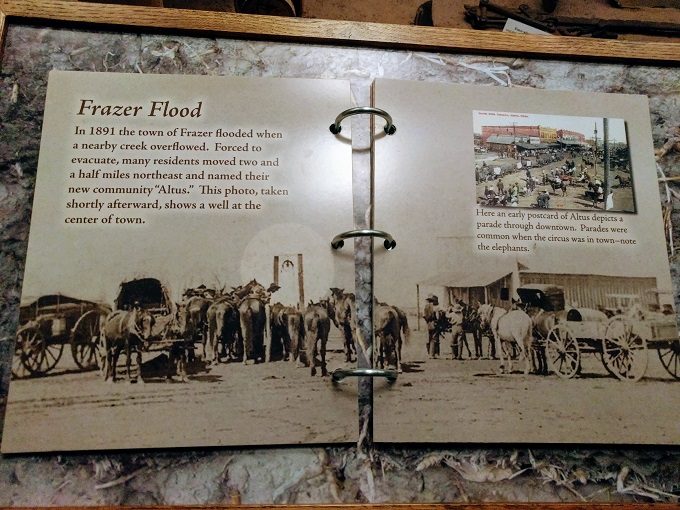
The displays continued inside the museum with exhibits ranging from quilting…
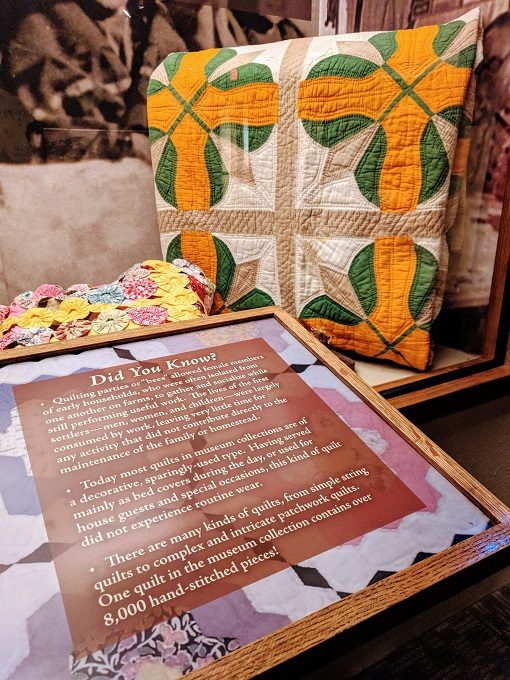
…to mail delivery…
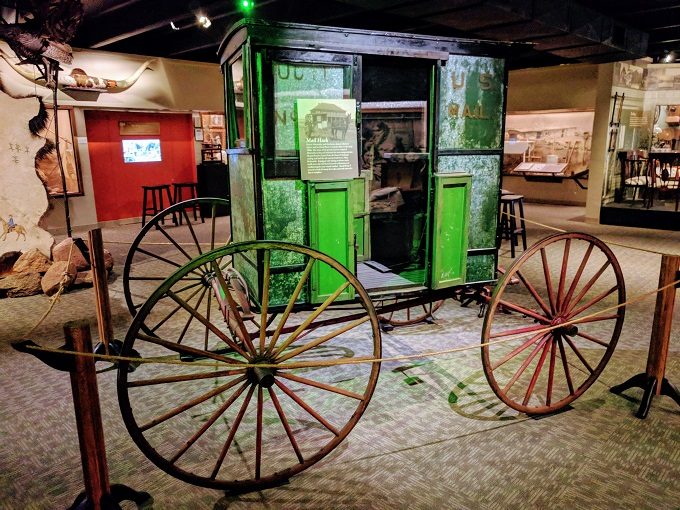
…to military aircraft (Altus is home to an Air Force base)…
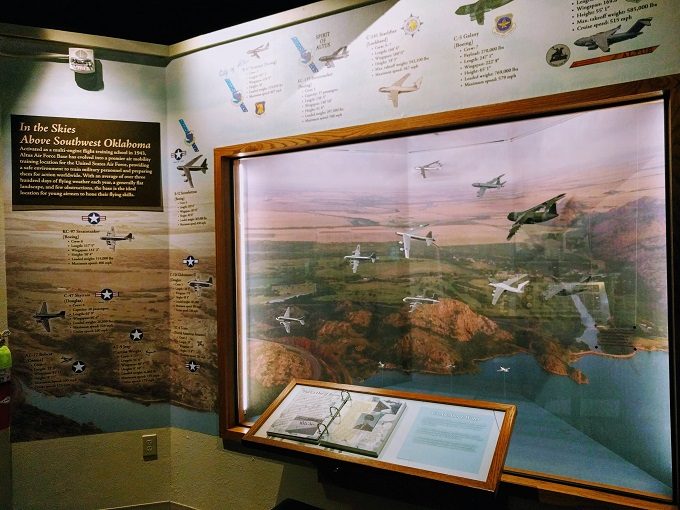
…to cotton. I’d known cotton had been a major crop in southeastern states, but hadn’t realized it had been a prominent crop further west too.
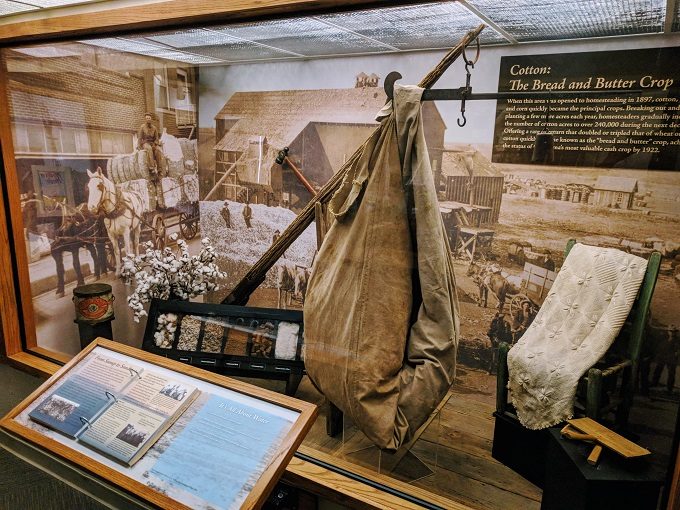
The learning continued outside as the Museum of the Western Prairie has a couple of buildings that have been moved there from their original locations.
The first of these was the Criswell Half-Dugout house. Half-Dugout houses are so called as they were built into the side of the ground.

There are a couple of reasons why they were built this way. Back in the late 1800s to early 1900s, there was a shortage of timber that could be used for home building. By building a home into the side of a hill or mound, the amount of wood needed for home construction was reduced.
Building half-dugout houses also had the benefit of providing some protection from the elements. Given homes had no insulation, building them into the side of the ground limited the effects of the cold in winter and heat in summer.
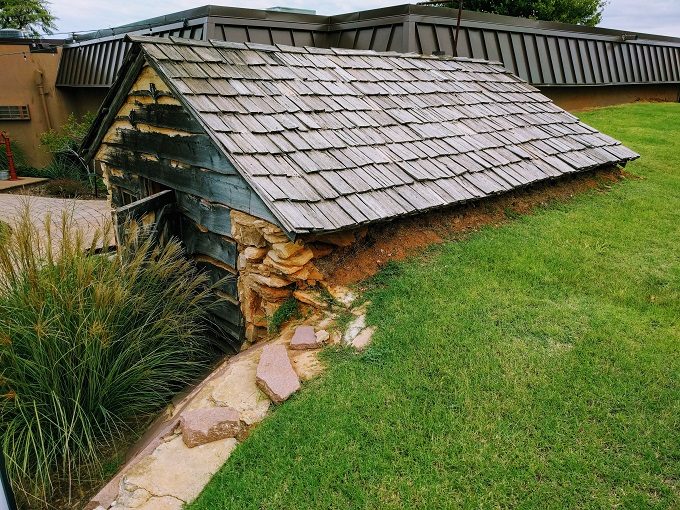
The Criswell Half-Dugout house has been recreated inside to give an idea of how the home was set out. The parents slept downside, while their children slept in the attic above.

The other transplanted building on-site is the Cross-S homestead. This home was built in 1880 on the Eddleman family’s ranch near Altus. After they left in the 1920s, another family moved in but it subsequently fell into disrepair. The home was then moved to the Museum of the Western Prairie ten years ago.
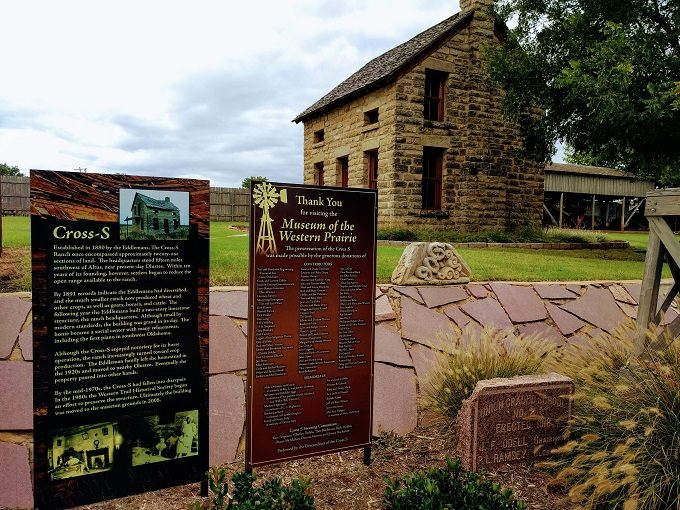
In addition to the two homes that had been moved to the museum’s grounds, there was another building out back with all kinds of farming equipment inside.

One of the items was a windmill’s sails. The sails probably wouldn’t have looked very big if they’d still been mounted on a windmill, but looked much larger at ground level.
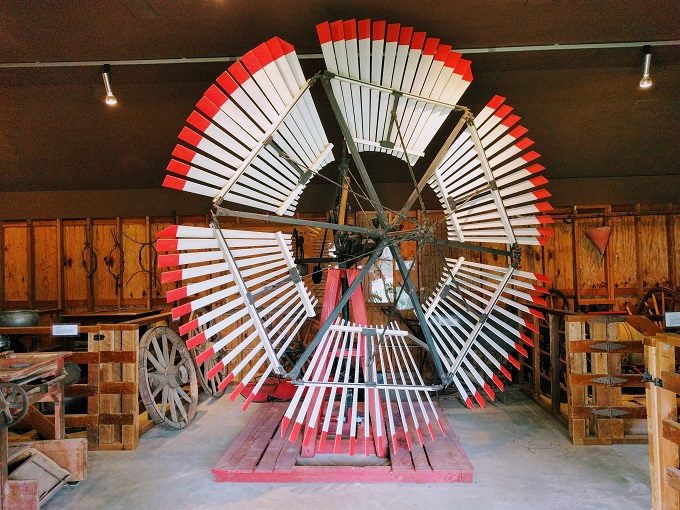
Along with farming equipment, there was an exhibit on the wall displaying barbed wire that fenced the west.

Outside the building was even more farming equipment. There was no sign stating what they were, but I’m assuming they were used for plowing and planting seeds.

Final Thoughts
The Museum of the Western Prairie is an interesting museum in Altus telling the history of southwest Oklahoma. Shae and I only spent about an hour there, but only because we were limited on time. There was plenty of other stuff to read which could easily have kept us occupied for another hour or more if we’d had time.
I want to give a special shout out to Anita who was extremely friendly, knowledgeable and enthusiastic about the museum. She was lovely and made our time at the museum even more enjoyable.
Cost
Museum of the Western Prairie tickets cost $4 for adults, $3 for seniors and military, $1 for children aged 6-18 and it’s free for children aged 5 and below.
Opening Times
If you’re planning a visit to the Museum of the Western Prairie, be aware of its opening hours and days. It’s only open from Tuesday to Saturday and from 10am to 5pm.
Address
Museum of the Western Prairie, 1100 Memorial Dr, Altus, OK 73521
Leave a Reply